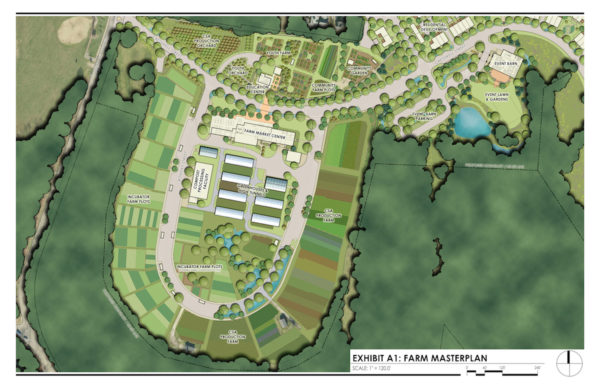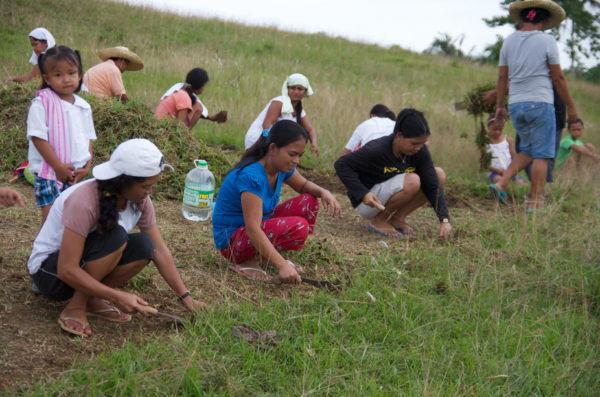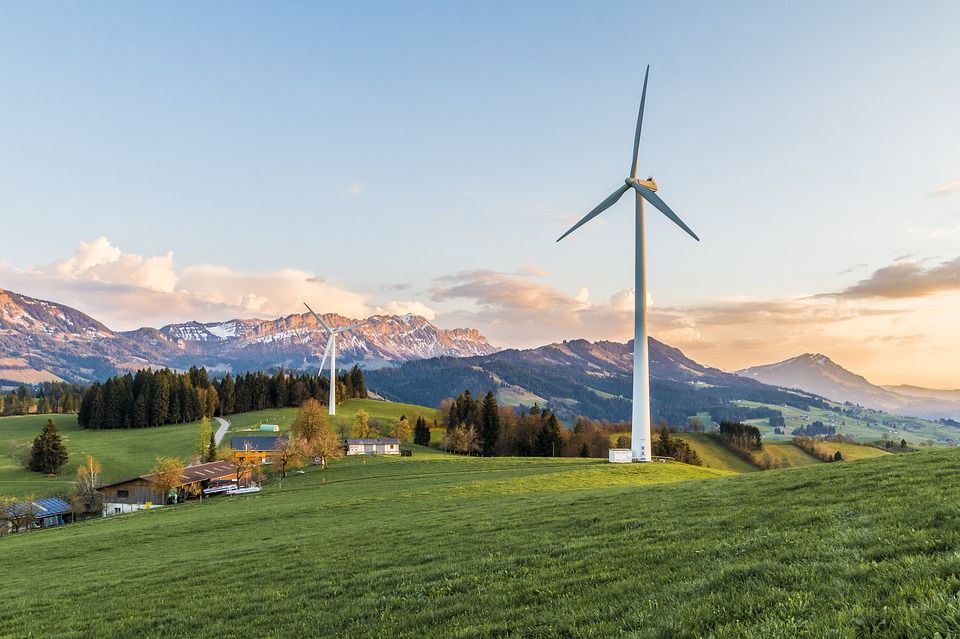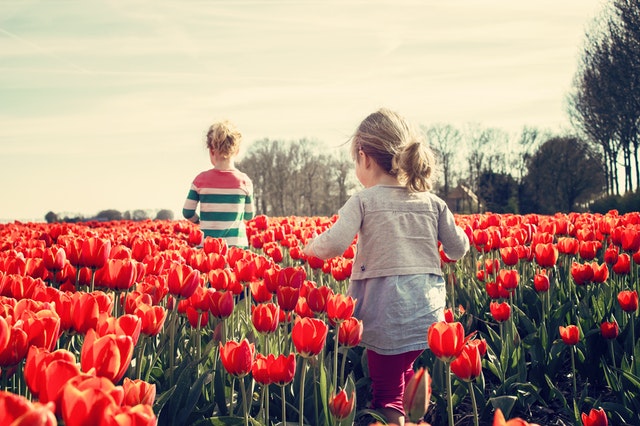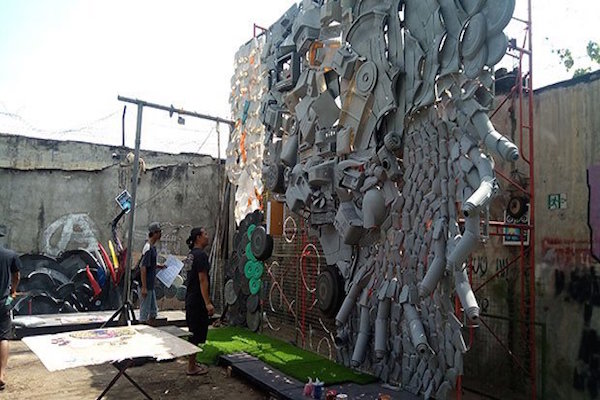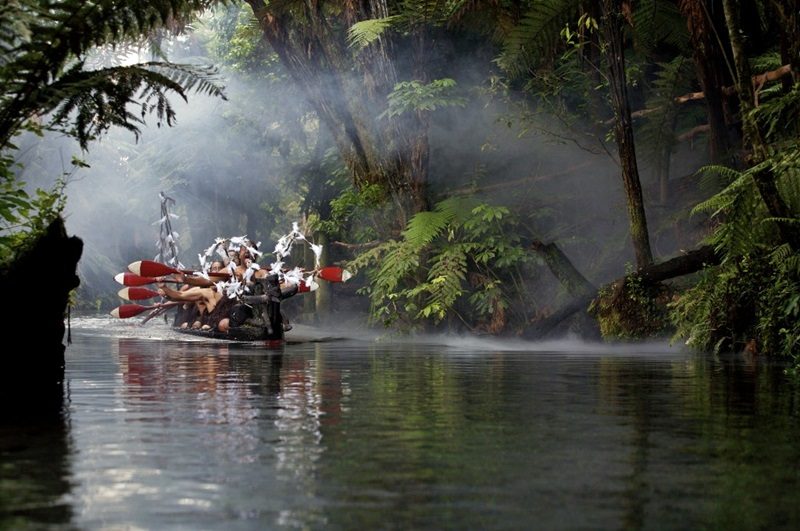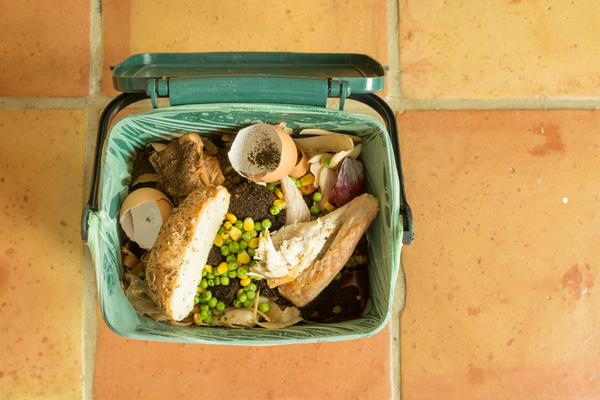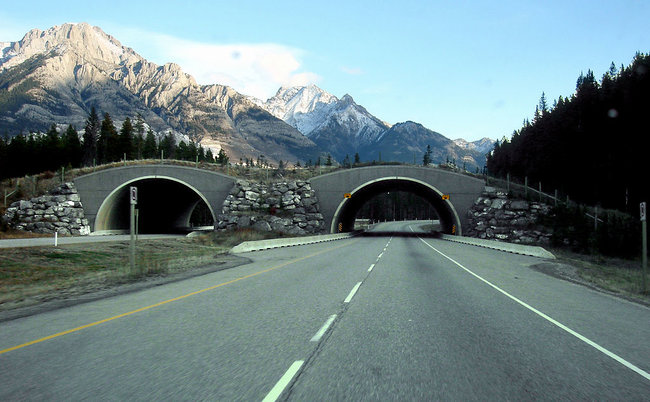A former 107-acre public housing site in South Pittsburgh’s St. Clair neighborhood is being transformed into a massive urban farm. According to Next Pittsburgh, once construction of the Hilltop Urban Farm is complete, the site will be home to the largest urban farm in the U.S. The project will consist of 23 acres of farmland and about 70 hillside acres of walking trails, green spaces and conservation areas. The Urban Redevelopment Authority will set aside 14 acres for potential future housing. The farm will host a farmer’s market building, a three-acre Community Supported Agriculture (CSA) farm, a one-acre fruit orchard, a three-acre farmer incubation program, a one-acre youth farm with an environmental education building, a community garden, an on-site compost processing facility, as well as an events facility.
Continue reading... →On Sept. 7, TIME will unveil Firsts, a multimedia project featuring candid interviews with 45 groundbreaking women. Some of these women — Oprah Winfrey, Ellen DeGeneres, Aretha Franklin — you know well, and will get to know better through their stories of setbacks and success. Others, you may be meeting for the first time. All of them are extraordinary.
Continue reading... →Heavily exposed to increasing incidence of extreme weather events, the Philippines is among one of the countries most vulnerable to climate change in the world. Losses in rural areas, especially where there’s ongoing armed conflict, are not just financial. Across the world, climate and conflict are deeply intertwined and their negative effects mutually reinforcing. In the Philippines, this relationship is evident in Mindanao, a farming community on the country’s southernmost island. Despite peace efforts to end over 40 years of social and ethnic conflict there, hostilities remain. According to research conducted by the University of Queensland and Oxfam, the violence has particularly marginalized women, from female farmers to the widows of those killed in combat. In parallel, the area has also seen an increase in both typhoons and droughts over the past decade.
Continue reading... →Renewable energy is very much in the limelight these days, as country after country experience how these sources can keep at par with fossil fuels. Various places have shown how renewables are capable of supplying a huge chunk of their electricity demand. Renewables do so much more, though, as a recent study published in the journal Nature Energy now shows. Analyzing the impact of solar and wind energy in the U.S, the paper’s authors focused on how these renewables have saved both lives and money during a nine-year period (from 2007 to 2015). By reducing greenhouse gas emissions, increased dependence in solar and wind energy sources have improved air quality in the U.S., at a rate that varies between region to region.
Continue reading... →In recent years, child development specialists have become increasingly concerned about how “screen time,” — where kids gaze at smartphones, tablets and TVs while the backlit screens cast glows on their youthful faces — is replacing time spent playing outside, where youngsters instead get their fill of a natural source of vitamin D thanks to the warmth and light from the sun. Outdoor learning environments, sometimes called “forest schools,” may be the answer to ensuring kids understand the importance of appreciating nature’s beauty and getting exposed to the elements. The first of these schools launched in Europe over five decades ago. Now, these learning options are springing up all over the world, including throughout the United States.
Continue reading... →Eko Nugroho, Indonesia’s leading visual artist, has collaborated with such iconic and recognizable brands as Louis Vuitton and IKEA – now, he has created a piece meant to highlight the issue of the plastic pollution of our planet. The piece, called Bouquet of Love, is a 30-by-20-foot installation created using 660 pounds of local plastic debris. It will be installed on a popular beach club in Bali.
Continue reading... →In a world first this year, one of the local Maori tribes in the country’s North Island won a 140-year-old battle for recognition of their river as an ancestor. The new status for the Whanganui River – the country’s third-largest – now means if it is harmed in any way, for example, degradation of its waters, the new law will consider the harm inflicted on the river the same as it would a real person.
Continue reading... →By the end of the century, two out of three people living in Europe will be affected by heat waves, coastal floods and other weather-related disasters, largely due to global warming and climate change, according to a study published earlier this month in the journal Lancet Planetary Health. That’s 350 million people in 31 countries subjected to an increased risk of death and health hazards. Overall, weather-related disasters are expected to cause 152,000 deaths a year in Europe between 2071 and 2100, jumping from 3,000 weather disaster-related deaths per year between 1981 and 2010.
Continue reading... →Compare all the wasted food in the world to the world’s nations, and that pile of food would be the third largest emitter of greenhouse gasses in the world. It would also be roughly the size of China: That’s how much land is required to produce the amount of food we discard each year. For Dave Lewis, the CEO of international grocery-store chain Tesco and the chairman of Champions 12.3–a group of 40 leaders across the public and private sectors committed to reducing food waste by advancing the U.N. Sustainable Development Goal 12.3–those facts are reason enough for curbing the amount of food we discard without thinking. There’s also the fact that more than a billion tons of food goes unconsumed each year, while one in nine people across the world are malnourished.
Continue reading... →Highways quite literally carve up the ecosystems around us and have major effects on wildlife — including animal road deaths, separating colonies of animals, reducing breeding potential, cutting off food supply and even affecting biodiversity as a whole. So comes the idea of Green Bridges. Green bridges are protective over- or underpasses built for wildlife to cross highways safely, without running the risk of being hurt on the roads as they make their way about their daily lives. These special bridges provide small and large mammals, amphibians, insects and reptiles with a safe alternative to follow regional or trans-regional routes, while mitigating the fragmentation of their habitat and feeding/mating patterns.
Continue reading... →